It’s a good half-mile inside a mid-Wales mountain and Al Tansey and Ioan Lord have worked their way through several levels, squeezed past narrow shafts, over collapsed chambers and abseiled down some 900 feet.
Water drips from the chiseled pit roof just above their heads and below are holes, hundreds of feet deep, down to submerged champers and rock faces where men and children did back-breaking work, 12 hours a day, six days a week if they were lucky, seven if not.
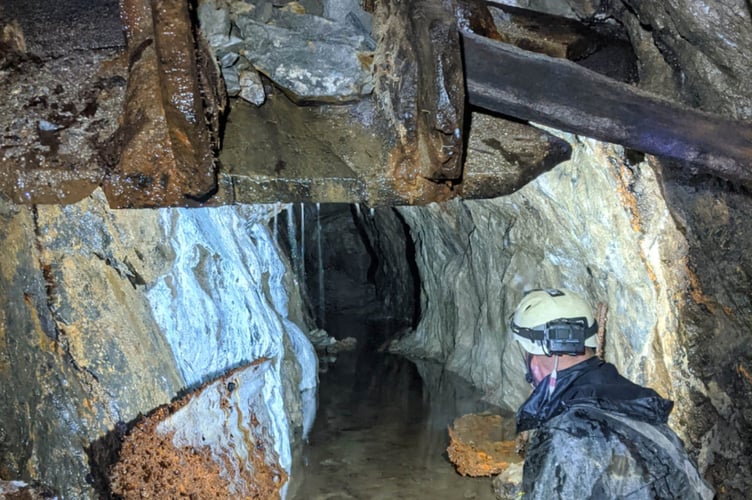
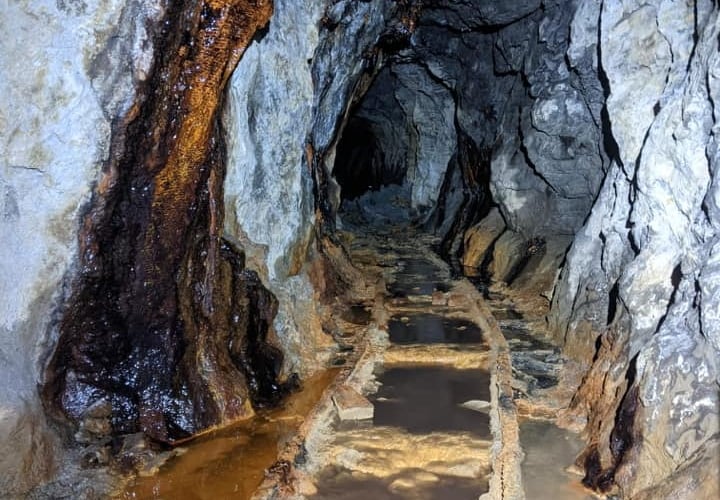
“About half of the men and boys who died in these mines fell to their deaths,” says Al, his words cutting through the flickering and faint shadows cast from his tallow candle. A second candle burns, held by fellow explorer Ioan.
“This is all you can see and it’s very difficult to see the ground. That’s why do many fell to their deaths,” Ioan says. “They just couldn’t see.”
Numbers on those who died are hard to research, but the two men are determined that they will record and preserve for future generations the long mining traditions of west and mid Wales. Since the Bronze Age, men have opened up holes in the ground and hillsides, venturing into a dark, damp and dangerous abyss to extract minerals needed to make and trade, produce and prosper.
“South Wales coal fuelled the empire, north Wales slate roofed it, and the mines of mid Wales produced copper, lead, silver, gold and zinc,” Al says.
The pair have some 40,000 followers on their YouTube channel, videos detailing their trips to some of the thousands of abandoned mines that are dotted across the region. Now, the BBC will air a documentary from Cardiff-based production company Afanti Media as part of the corporation’s Our Lives series on October, and Secrets of the Lost Mines is available now on the iPlayer.
The oldest mine the pair have explored goes back to at least the 1400s. Why? Because the shaft is hand-chiseled and there’s no sign of gunpowder beings used to follow the vein of ore into the mountain.
The deeper they mined inside a mountain, the more the superstition grew in miners’ beliefs that they were closer to the underworld - to hell - and it’s not unusual for the pair to find symbology carved into the rock.
Al is a local dairy farmer by day and has always had a fascination with the mines while growing up in Talybont in Ceredigion. By chance, he met Ioan, almost three decades his junior. By day, Ioan is a fireman keeping the engines on the Vale of Rheidol narrow-gauge railway chuffing away. And in his spare time he dons white cotton gloves and pores over old records and books held at the National Library of Wales. Then it’s a quick change into a wetsuit, hard hat and climbing tackle to actually see what’s left on the ground – and under it - of those mine records gathering dust in the library shelves.
There is np regulatory or statuary body with overall responsibility for the thousands of mine pits across the region, hence why the pair are determined to record as much as possible before they become impassible and lost to time.
“Perhaps the most poignant thing we’ve ever come across is a paid of child’s leather boots, perfectly preserved,” All tells the Cambrian News. “Size two. Imagine the life that child lived in the darkness. And all around, preserved and undisturbed in the mud, were hundreds of small footsteps, made by other child miners. And pony prints. Imagine how terrifying it must have been for anyone working in those conditions, particularly children.”
Children began working by the age of nine. By the time a man turned 40, if they made it that far, they were considered too old and expendable. Twelve hours a day, six days a week. And all for the equivalent now of about £12 per month.
“The mine owners were incredibly rich,” Al says. “There were a lot who lost money in scams too. But for thousands of miners, it was a life of incredibly hard work in very dangerous and difficult conditions. Everything had to be done by hand.”
Make no mistake, the pair fully understand the risks of what they do and where they are going. They strongly urge anyone not to go in to any pit. Both carry ropes, climbing and safety gear and their kit includes a remote-controlled submersible that gives their work a richer and fuller dimension.
The individual mines are the property of the landowner and the pair seek and are granted permission before venturing underground.
“If we don’t do it, no one else will, and that long history will be lost forever. That’s why it’s important to record it as much as possible. The mines are deteriorating with each passing year so it’s important we do it now,” Al says.
“Hopefully, wherever those miners are, they are looking down on us and are proud of the work we are doing to preserve where their worked in. And their legacy,” says Ioan.
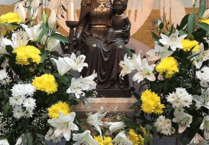

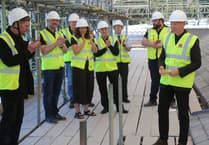
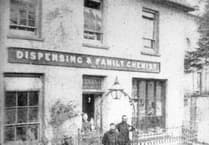
Comments
This article has no comments yet. Be the first to leave a comment.